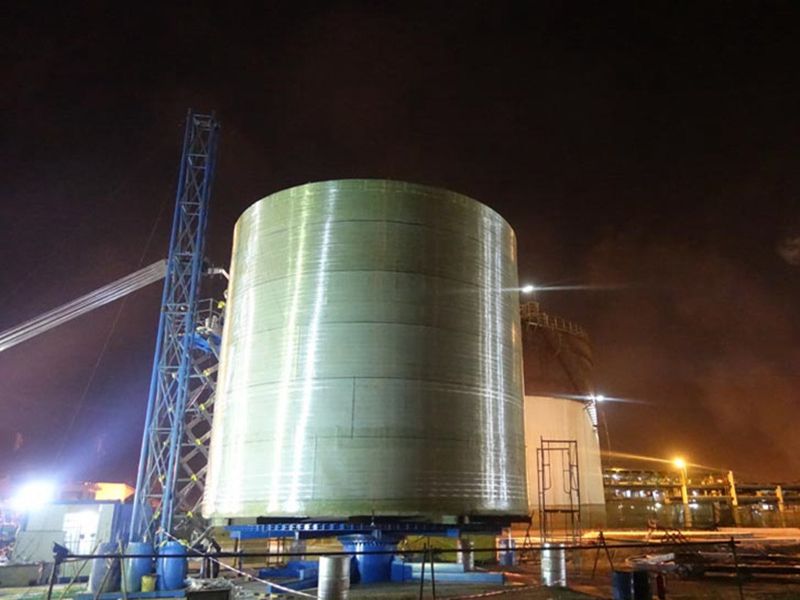
-
 Afrikaans
Afrikaans -
 Albanian
Albanian -
 Amharic
Amharic -
 Arabic
Arabic -
 Armenian
Armenian -
 Azerbaijani
Azerbaijani -
 Basque
Basque -
 Belarusian
Belarusian -
 Bengali
Bengali -
 Bosnian
Bosnian -
 Bulgarian
Bulgarian -
 Catalan
Catalan -
 Cebuano
Cebuano -
 China
China -
 China (Taiwan)
China (Taiwan) -
 Corsican
Corsican -
 Croatian
Croatian -
 Czech
Czech -
 Danish
Danish -
 Dutch
Dutch -
 English
English -
 Esperanto
Esperanto -
 Estonian
Estonian -
 Finnish
Finnish -
 French
French -
 Frisian
Frisian -
 Galician
Galician -
 Georgian
Georgian -
 German
German -
 Greek
Greek -
 Gujarati
Gujarati -
 Haitian Creole
Haitian Creole -
 hausa
hausa -
 hawaiian
hawaiian -
 Hebrew
Hebrew -
 Hindi
Hindi -
 Miao
Miao -
 Hungarian
Hungarian -
 Icelandic
Icelandic -
 igbo
igbo -
 Indonesian
Indonesian -
 irish
irish -
 Italian
Italian -
 Japanese
Japanese -
 Javanese
Javanese -
 Kannada
Kannada -
 kazakh
kazakh -
 Khmer
Khmer -
 Rwandese
Rwandese -
 Korean
Korean -
 Kurdish
Kurdish -
 Kyrgyz
Kyrgyz -
 Lao
Lao -
 Latin
Latin -
 Latvian
Latvian -
 Lithuanian
Lithuanian -
 Luxembourgish
Luxembourgish -
 Macedonian
Macedonian -
 Malgashi
Malgashi -
 Malay
Malay -
 Malayalam
Malayalam -
 Maltese
Maltese -
 Maori
Maori -
 Marathi
Marathi -
 Mongolian
Mongolian -
 Myanmar
Myanmar -
 Nepali
Nepali -
 Norwegian
Norwegian -
 Norwegian
Norwegian -
 Occitan
Occitan -
 Pashto
Pashto -
 Persian
Persian -
 Polish
Polish -
 Portuguese
Portuguese -
 Punjabi
Punjabi -
 Romanian
Romanian -
 Russian
Russian -
 Samoan
Samoan -
 Scottish Gaelic
Scottish Gaelic -
 Serbian
Serbian -
 Sesotho
Sesotho -
 Shona
Shona -
 Sindhi
Sindhi -
 Sinhala
Sinhala -
 Slovak
Slovak -
 Slovenian
Slovenian -
 Somali
Somali -
 Spanish
Spanish -
 Sundanese
Sundanese -
 Swahili
Swahili -
 Swedish
Swedish -
 Tagalog
Tagalog -
 Tajik
Tajik -
 Tamil
Tamil -
 Tatar
Tatar -
 Telugu
Telugu -
 Thai
Thai -
 Turkish
Turkish -
 Turkmen
Turkmen -
 Ukrainian
Ukrainian -
 Urdu
Urdu -
 Uighur
Uighur -
 Uzbek
Uzbek -
 Vietnamese
Vietnamese -
 Welsh
Welsh -
 Bantu
Bantu -
 Yiddish
Yiddish -
 Yoruba
Yoruba -
 Zulu
Zulu
Customized FRP Fittings for Enhanced Performance and Versatility in Various Applications
Customized Fittings for FRP Enhancing Performance and Versatility
Fiberglass Reinforced Plastic (FRP) has emerged as a crucial material in various industries due to its exceptional strength, lightweight properties, and resistance to corrosion. One of the significant advantages of FRP is its adaptability, especially when it comes to fittings. Customized FRP fittings are essential for maximizing performance, ensuring safety, and providing solutions tailored to specific applications.
The Importance of Customization
In today's fast-paced industrial environment, the ability to customize fittings is crucial for meeting unique project requirements. Standard fittings may not always meet the specifications needed for particular applications, leading to potential inefficiencies and safety concerns. Customized FRP fittings can be designed to fit specific dimensions, shapes, and functionalities, ensuring a perfect fit for any system.
Custom fittings can be used in various applications, including piping systems, pressure vessels, tanks, and ducts. By tailoring these components to the exact needs of a project, businesses can enhance system performance and longevity while reducing the likelihood of leaks and failures.
Benefits of FRP Customized Fittings
1. Enhanced Durability FRP is known for its impressive resistance to climatic conditions and corrosive substances. Customized FRP fittings can be engineered to withstand extreme environments, ensuring that systems remain operational in the face of harsh chemicals, moisture, or high temperatures.
2. Weight Reduction Compared to traditional materials such as metals, FRP is significantly lighter, making transportation and installation easier. Customized fittings can reduce overall weight, thereby decreasing the load on support structures and foundations.
3. Reduced Maintenance Costs The resistance of FRP to corrosion translates to lower maintenance requirements. Customized fittings designed specifically for a particular application can further diminish the need for regular checks and repairs, ultimately saving costs in the long run.
frp customized fittings

4. Versatile Applications FRP fittings can be adapted for multiple industries, including chemical processing, wastewater treatment, offshore oil and gas, and construction. This versatility means that businesses can leverage the strengths of FRP fittings across various projects, thus streamlining procurement processes and fostering standardization.
Design Process of Customized Fittings
The design process for customized FRP fittings generally involves collaboration between engineers, designers, and manufacturers. Key steps include
- Needs Assessment Understanding the specific requirements of the application, including size, shape, and environmental conditions. - Material Selection While FRP is typically made from a combination of glass fibers and resin, different mixtures can alter properties such as flexibility and chemical resistance. Choosing the right materials for the specific environment is crucial.
- Prototyping and Testing Before mass production, prototypes are often created to test and validate the design. This phase is vital in ensuring that the customized fittings meet performance standards and project specifications.
- Production and Quality Control Once the design is approved, the manufacturing process begins. Quality control measures are critical during this phase to ensure that each fitting meets industry standards and project specifications.
Conclusion
Customized fittings are an essential element of FRP systems, providing tailored solutions that enhance performance, durability, and cost-effectiveness. As industries continue to evolve and demand more specialized applications, the role of customized FRP fittings will only grow in importance. By investing in tailored solutions, businesses can optimize their operations and maintain a competitive edge in their respective fields.
Latest news
-
Exploring the Benefits of Top Hammer Drifter Rods for Enhanced Drilling PerformanceNewsJun.10,2025
-
High-Precision Fiberglass Winding Machine for GRP/FRP Pipe Production – Reliable & Efficient SolutionsNewsJun.10,2025
-
FRP Pipes & Fittings for Shipbuilding - Corrosion-Resistant & LightweightNewsJun.09,2025
-
Premium FRP Flooring Solutions Durable & Slip-ResistantNewsJun.09,2025
-
Premium Fiberglass Rectangular Tanks Durable & Lightweight SolutionNewsJun.09,2025
-
Tapered Drill String Design Guide Durable Performance & UsesNewsJun.09,2025









